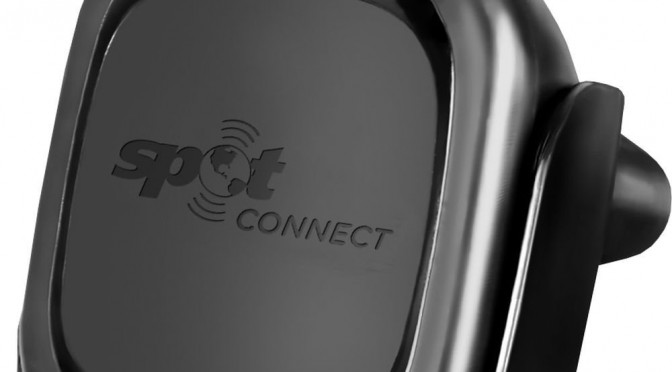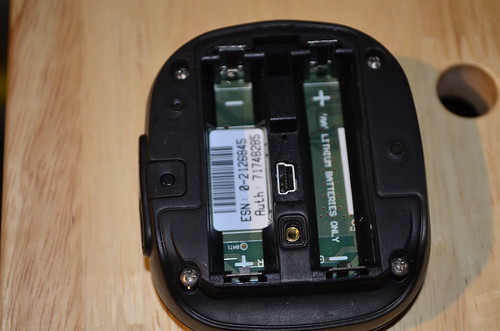
Before heading out on any adventure, you should have a comprehensive first aid kit appropriate for everyone in your group. This is particularly important for babies, as they have special needs and considerations. Your baby first aid items should be kept separate but next to the rest of your first aid gear. This is important because in an emergency, you do not want to have to search for the items you need or figure out what is safe to use on baby. Our approach was to use a Ziploc bag of baby specific items, this is a good practice in general, and we have created several different scenario based Ziploc bags for adults as well. With a clearly labeled set of baby items, you will be able to get to what you need quickly.
Here are some important considerations for your Overland Baby First Aid Kit:
Continue reading Baby First Aid →

Baby’s sensitive skin requires special consideration when exposed to the sun. A baby’s skin is thinner and more fragile and therefore quicker to experience negative effects from exposure to the sun without adequate protection. Any time you anticipate being out of the vehicle, you should preemptively apply sun protection to your baby (it is advisable to apply sun screen 30 minutes before expected exposure). Unlike adults, even five minutes of sun exposure can lead to irritation of the skin and in some cases a sun burn on a baby. A sun burn can affect your baby’s core temperature, temperament, and can lead to having to terminate a trip early. Luckily, there are many choices for protecting your baby from the sun and keeping baby comfortable.
We recommend some of the following methods:
Continue reading Protecting Baby from the Sun →

Safety is important to us, and we chose to use a SPOT CONNECT Satellite Messenger as a fail safe device in case things go wrong in the field and we need urgent help. The SPOT device was designed to be versatile, portable, and rugged. A part of achieving portability is to function using batteries — very specialized Energizer Ultimate Lithium batteries that are expensive and difficult to find in more remote cities. Our SPOT device sits inside of our vehicle 99% of the time, and yet we were still consuming a pair of these batteries every 4 days when using the active tracking features. We were surprised and a bit disappointed that SPOT did not offer a 12V vehicle power option, since the performance of the device would be more reliable having a consistent power source. After further researching the device, we decided to develop a solution that would retain all portability and ruggedness of the SPOT device while allowing us to plug it in to the vehicles power.
The first step in the development process involved figuring out just why SPOT insists that the device be used with the Energizer Ultimate Lithium batteries exclusively. We wondered if it was a result of needing a specific steady voltage over the battery life cycle, or if the current demands from the SPOT device were too much for a standard lithium battery. So we opened up the device to take a look at its insides and do some testing. You start by taking the back cover off your SPOT device and removing the batteries. The first thing you notice when you start the tear down is another warning on the circuit board that reads: “AA Lithium Batteries Only.”

Continue reading Hard Wiring a SPOT Device →
Exploration, Adventure, Family, Technology, and Life: Integrated




